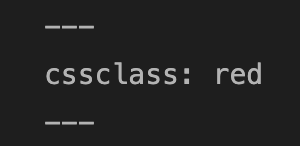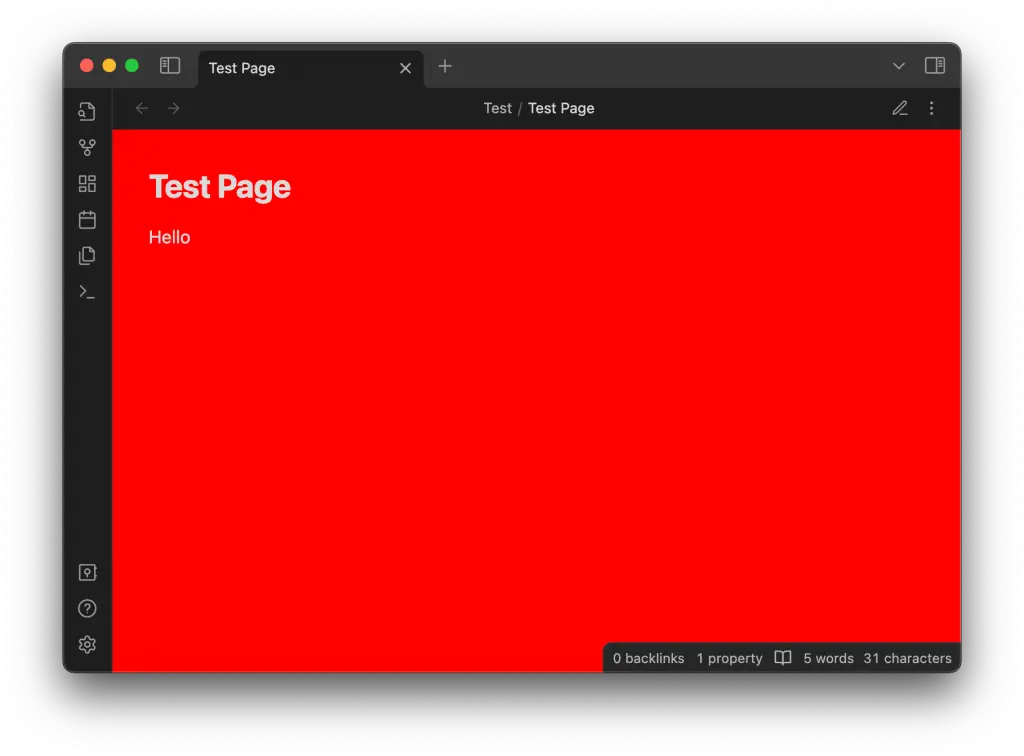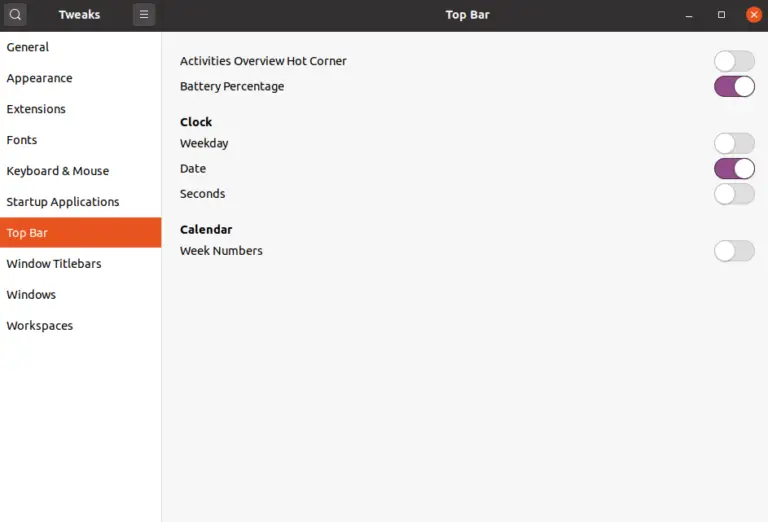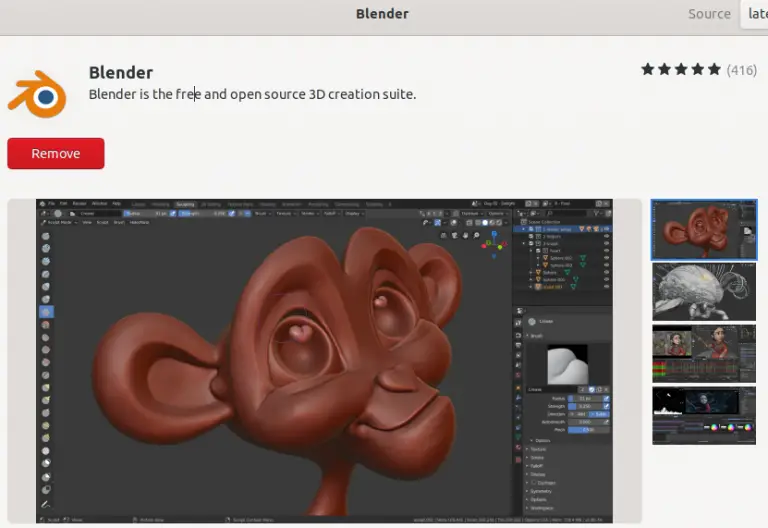How to Change the Background Color of Specific Obsidian Note
Obsidian is known for its robust features and customization options. But what if you want to change the background color of just one note, rather than the entire theme? A Reddit user has discovered an easy workaround, and we’re here to break it down for you.
Why Customize Individual Notes?
Before we jump into the solution, let’s talk about why you’d want to change the background color of a specific note:
- Highlighting priority notes or projects.
- Categorizing notes by subject or urgency.
- Enhancing readability with different background colors.
Steps to Customize Background Color
Create Your CSS Snippet
First, you’ll need to create a CSS snippet in Obsidian. Here’s how you do it without getting too technical:
- Open Obsidian settings.
- Go to ‘Appearance’ and click ‘CSS snippets.’
- Create a new CSS snippet and name it.
Inside the snippet, you can define a custom class with your desired background color, similar to the following:
.red {
background-color: #FF0000;
}Add Front Matter to Your Note
Once you’ve created your CSS snippet, the next step is to use it in a note. To do this, you need to add the front matter at the top of your note, like so:
---
cssclass: red
---
Refresh and Enjoy
After adding the front matter, you should see your note’s background color change to what you specified in your snippet. You may need to refresh Obsidian or toggle the snippet on and off to see the change. Also, you may need to change the current view to reading.

Multiple Colors for Different Notes
You can repeat these steps to define more colors. For example, if you want to have blue, red, and green notes, your CSS snippet would have something like:
.blue { background-color: #ABCDEF; }
.red { background-color: #FEDCBA; }
.green { background-color: #123456; }And for each note, you’d use the respective ‘cssclass’ in the front matter.
Changing the background color of individual Obsidian notes is simple but can have a significant impact on your note-taking experience. This Reddit-inspired method is not only easy to implement but also flexible enough to fit any color-coding system you use.






One Comment